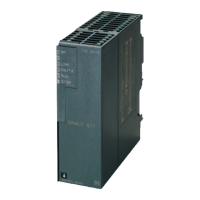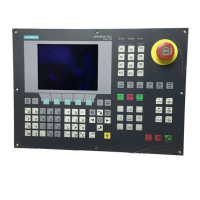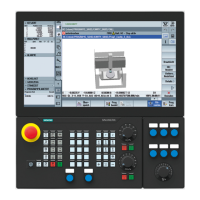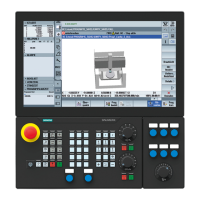Glossary
Station control system
System Manual, 07/2009, C79000-G8976-C178-07
285
● TD7onCPU
Library with SINAUT blocks that are linked into the program of the CPU and are executed
there. The library can be used with all TIM types and is suitable for all S7-300 and S7-400
CPUs (except the S7-400H CPUs).
● TD7onTIM
SINAUT TD7onTIM is the TD7 variant that runs on the TIM. It is available for the
→ Ethernet TIMs and can only be used in an S7-300 station. TD7onTIM and TD7onCPU
can only be used as alternatives in a station. Simultaneous use is not possible.
SINAUT TD7onCPU
→
SINAUT TD7 Library
SINAUT TD7onTIM
→
SINAUT TD7 Library
SMS
(Short Message Service)
The short message service in the GSM standard is used to transfer short text messages to
mobile wireless users.
When the short messages are transferred, they are first transferred to the SMS center
(SMSC) using a store-and-forward technique. They are buffered there and then forwarded to
the recipient. The sender can query the status of the message in the SMS center or can
request acknowledgment of delivery.
Spontaneous message
In SINAUT networks, messages are always transmitted spontaneously; in other words,
messages are created and transmitted only when changes to process values occur or event-
driven. These messages are known as spontaneous messages.
See also → "Conditional spontaneous message" and → "Unconditional spontaneous
message"
Spontaneous mode
The spontaneous mode is a method of SINAUT data transmission in which subscribers can
exchange data among themselves directly. Here, no central entity is necessary in the form of
a master TIM as in polling mode (see "Polling mode"). The spontaneous mode is intended
for data transmission in dial-up networks and for communication via IP-based networks.
For transmission in a dial-up network and in pay-by-volume/time IP-based networks (for
example GPRS), the data to be sent is assigned different priorities during parameter
assignment ("high" or "normal", with TD7onTIM also "alarm"). When data with high or alarm
priority are ready for transmission, the dial-up connection is established immediately. If the
data has "normal" priority, it is first stored on the TIM. This data is then sent the next time a
connection is established to the partner for whatever reason. This can, for example, be the

